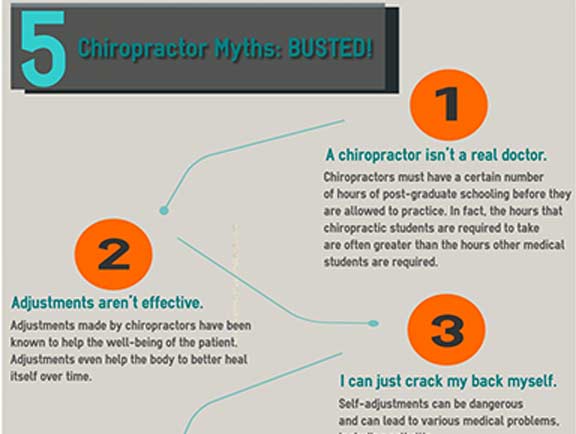Comprehend The Concealed Factors For Your Back Pain And Take Proactive Actions Towards Far Better Health And Wellness
Comprehend The Concealed Factors For Your Back Pain And Take Proactive Actions Towards Far Better Health And Wellness
Blog Article
Write-Up Produced By-Patton Reimer
If you're experiencing pain in the back, your body might be trying to tell you something greater than just pain. The way your back feels can provide beneficial clues about your overall well-being. Recognizing the specific type of pain you're feeling and any kind of coming with signs is vital to deciphering the mystery behind your discomfort. Allow's check out the usual problems and signs connected with different kinds of pain in the back to clarify what your body might be signaling.
Sorts Of Back Pain
When it involves neck and back pain, there are different types that you might experience. One typical kind is muscle mass discomfort, usually triggered by overuse, stress, or injury to the muscles and ligaments supporting the spinal column. This kind of pain can vary from mild pain to severe and incapacitating discomfort.
Another type is nerve discomfort, which can result from conditions like herniated discs or sciatic nerve pain. Nerve pain often presents as a sharp, shooting experience that radiates down the leg.
Joint pain in the back can stem from issues like arthritis or sacroiliac joint disorder. This kind of discomfort is typically really felt in the reduced back and can be intensified by specific movements.
In addition, pain in the back can be related to architectural troubles such as spine constriction or vertebral cracks. Recognizing the sort of back pain you're experiencing is vital in establishing the proper treatment and administration strategies.
Common Manifestations to Look For
Moving past the different kinds of pain in the back, it is necessary to identify the typical symptoms that can indicate underlying issues.
Consistent neck and back pain that gets worse with motion or at night could indicate a more major problem. Tingling or tingling in the legs or feet, especially when accompanied by weak point, might indicate a nerve-related problem. If you experience unexpected weight-loss along with back pain, maybe a sign of a much more systemic problem.
Pay attention to any kind of adjustments in bladder or bowel function, as this could be connected to spine compression. Fever, cools, or night sweats in conjunction with pain in the back may signify an infection. Keep Get More Information out for pain that emits down one or both legs, possibly a measure of sciatic nerve pain.
Wellness Conditions Linked to Neck And Back Pain
If you experience pain in the back, it's vital to comprehend the possible health conditions connected to this pain. Back pain can be a sign of numerous underlying concerns, including muscle stress, herniated discs, osteoarthritis, spinal constriction, and even conditions like kidney stones or infections.
Muscular tissue strains are common and often arise from raising hefty objects or sudden activities.
Herniated discs happen when the soft cells between vertebrae protrudes, triggering nerve inflammation.
Osteoarthritis, a degenerative joint disease, can cause neck and back pain as cartilage wears down.
Spinal constriction, the constricting of the back canal, can tax nerves.
Kidney stones may trigger extreme neck and back pain if they move right into the urinary system.
Infections like back osteomyelitis can likewise materialize as neck and back pain. Understanding https://www.chiroeco.com/near-infrared/ and wellness conditions can assist you look for suitable healthcare and monitoring for your pain in the back.
Verdict
So, next time your back injures, take notice of the kind of pain and coming with symptoms. Maybe a signal from your body regarding underlying wellness conditions like muscle mass strain, nerve concerns, joint problems, or even structural issues. By identifying these indicators, you can take aggressive actions to attend to the root cause of your neck and back pain and enhance your total health and health.
